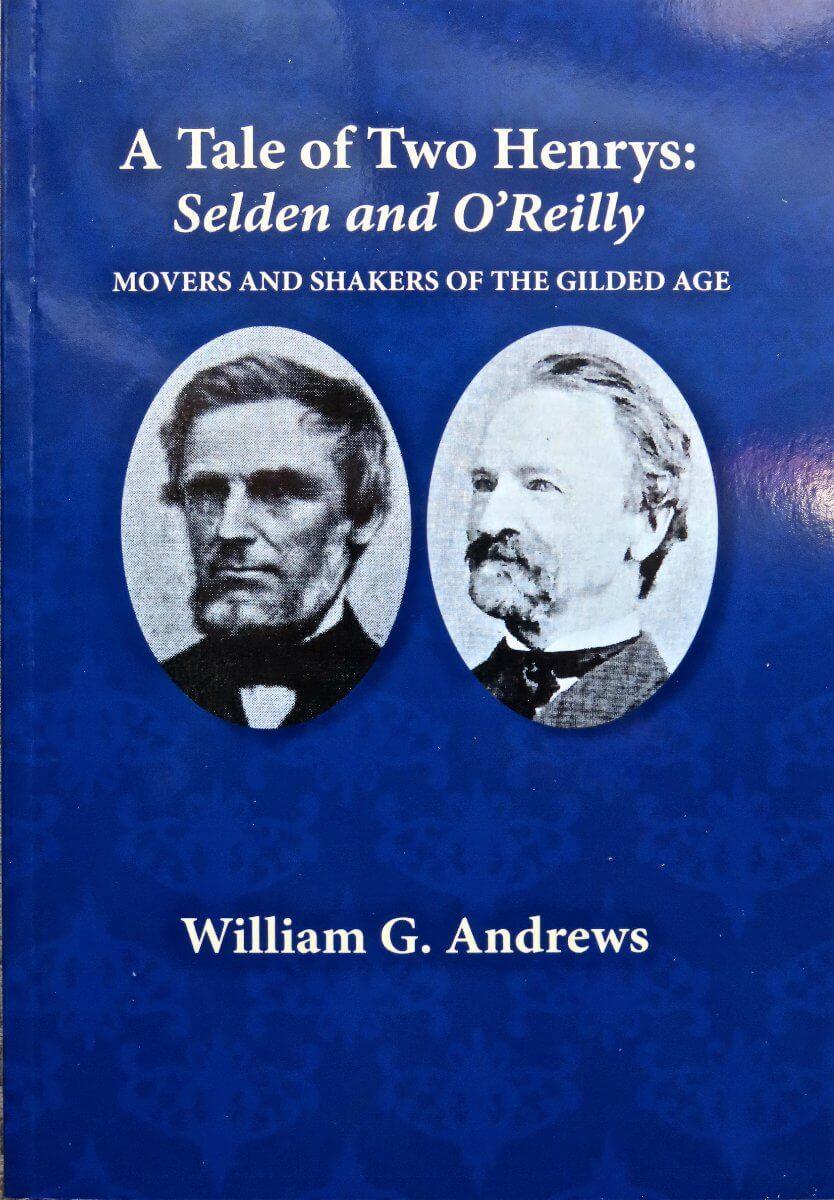School house and jail to community church: 62 East Avenue has a long history
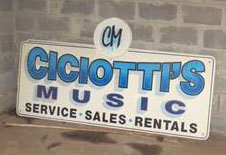
The tall white building at the corner of Hojack Lane on East Avenue carries a long history in the Village of Hilton. It is easy to identify as the number 62 East Avenue has recently been placed at eye level for drivers coming into town from East Avenue. It was recently purchased and renovated by Lifequest Community Church. Pastor Rob Dickerson told me that the building will be used as a youth center, church fellowship hall, men’s ministry, women’s ministry and scouts. Upstairs there is a two bedroom rental apartment, and downstairs a one bedroom apartment. Also on the first floor is the Gate Café, a welcome center for young people and visitors in the community.
It is a building we all drive by almost on a daily basis if we are coming and going from the village. The structure has not always been located on its present site. Let’s take a look at its history over time.
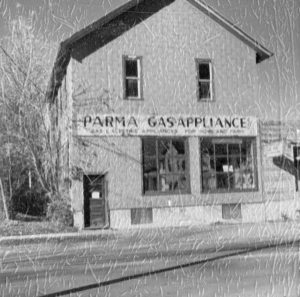
On the 1852 Monroe County map that shows landowners’ and public building locations, there is a school noted at about where the Henry Street entrance is, just north off West Avenue. There were no houses between Henry Street and Lake Avenue at that time except the James Henry farmhouse (Wilson Farm location). All the land between the two streets was the Henry Farm. This school was a two room school house used to educate the children of the Village of Unionville, what is now the Village of Hilton. Records tell us that the first district in 1835 was the “Tyler District.” Later it was to be called “the Dunham District” for the local family that owned the land, and on March 12, 1849 the name was changed to “the Unionville District.” Along with a few other name changes between 1849 and 1864 it finally became known simply as “District 4 School.”
The records show that in 1851, $100 was alloted for the purchase of the site on West Avenue and $600 was allotted for the construction of a new two room frame building with a room for wraps to serve the village scholars. This building began as a two room building and later was enlarged to a two story, four room building serving as the village school until 1892. At this time, the building was not big enough to accommodate all the students in the growing community. In the years following the arrival of the Rome, Watertown and Oswego railroad in 1876, the population of the village grew significantly. To accommodate the growing student population, plans for a new school were initiated.
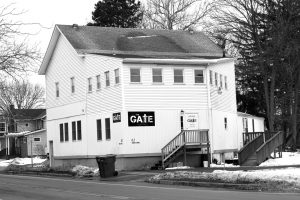
In 1893, the village board wrestled with what to do with the existing school which would only be in use until the new school (located where the Hilton gazebo stands) was completed. Village lore has it that one half of the board wanted to tear the building down, and the other half wanted to move it to a new location for other uses. They could not agree.
It was said that in the middle of the night, the group who wanted to move the building did just that. A group came in after dark, jacked it up, put it on rollers, enlisted quite a few teams of horses, and pulled it over to the tracks. They got it on the rails and easily moved it down to East Avenue to its present location. In the morning the other half of the board was amazed when they discovered what had happened and said very little. In Leith Wright’s Hilton – U.S.A. written in 1985, she indicates the building was sold at public auction for $495 and acquired by the village and moved down Main Street to its present location. Her information is perhaps more accurate.
This old District 4 School house was placed on a substantial new foundation several feet higher than ground level and became the new village hall. It also housed the fire department, the library, the jail and the town court. It served in this capacity until the then-new fire hall was completed in 1912. Former Town Historian Shirley Husted noted that she was told that sparks from passing trains often started fires on the cedar shingled roof of the old village hall by the tracks.
The new 1912 village hall and fire department was located on East Avenue (where M&T bank now stands). It was built of brick and had two large doors in the front to accommodate fire trucks. It too served multiple interests including the library, town and village hall, and the jail. Sadly it was destroyed during the “Great Hilton Fire of 1965” while the old village hall by the tracks survived.
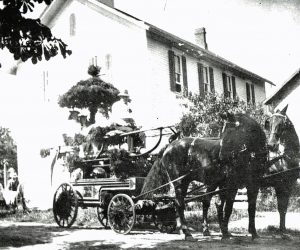
When the 1912 fire hall opened, the old 1853 village hall building was sold again at auction for $800. There was a succession of owners over the years to different parties. In the late 1940s and 1950s, it was owned by Arthur Harmer and was known as Parma Gas and Appliance. Before home freezer units were a common home appliance, he installed freezer lockers on the first floor which he rented out to local citizens. Many local residents may recall this operation. The upstairs rooms were used for general storage.
In the late 1950s or early 1960s, the Ciciotti family purchased the building. Mr. Ciciotti was a skilled and talented restorer and craftsman of musical instruments. He and his wife, Viola, were well known in the community and assisted many families with selecting the right instrument for their child who was participating in Hilton School’s music program. The Ciciottis used the building for both home and business. They created an apartment on the second floor where they lived while operating their business on the first floor. After Mr. Ciciotti’s death, Mrs. Ciciotti continued to live there until she sold it in April 2016 to Lifequest Community Church.
This sturdy old historic structure has found a new use and is again in service to the Hilton community and its’ youth.
by David Crumb
Hilton Historian



